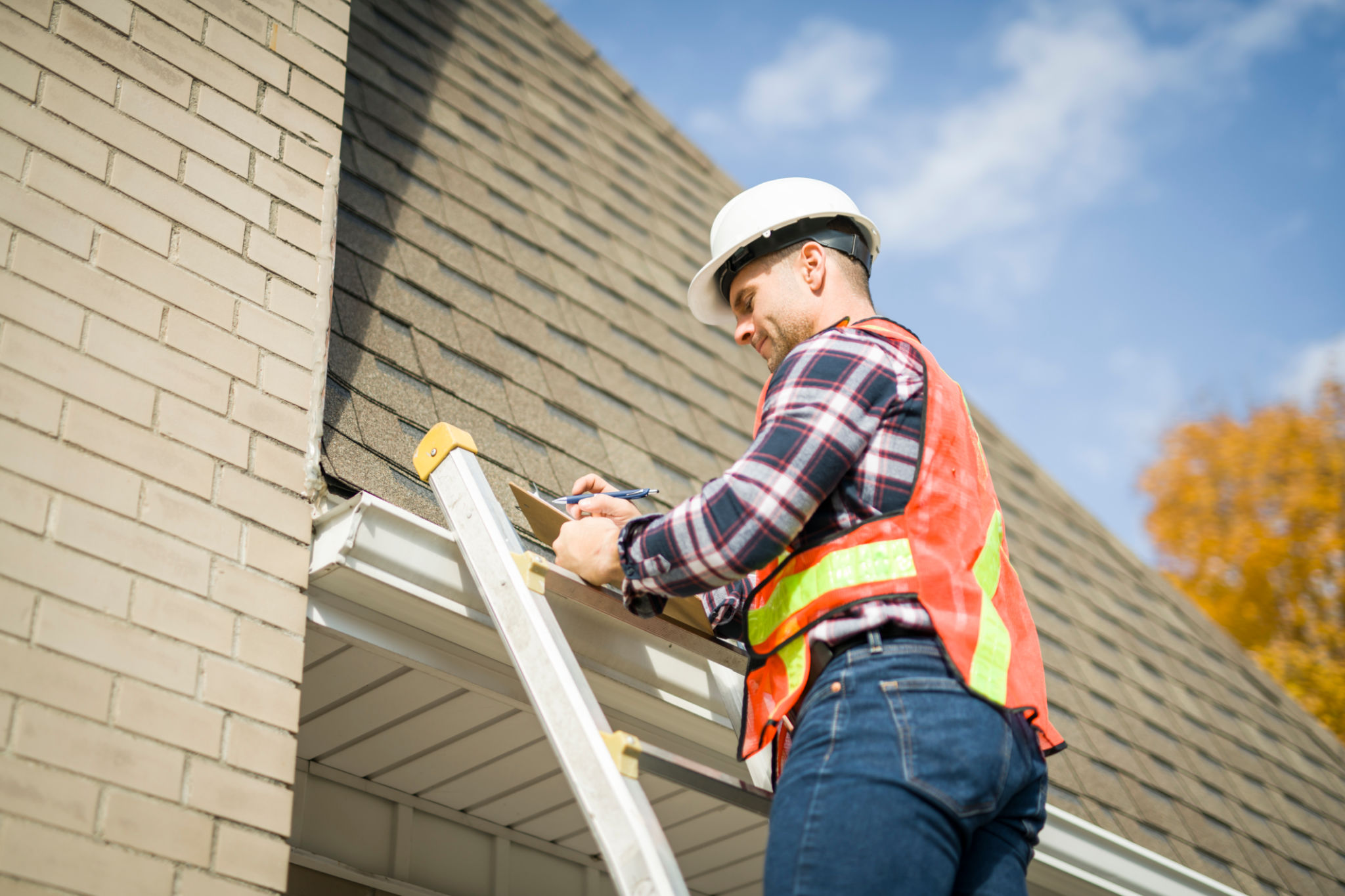Choosing the Right Roofing Material for Your Canadian Home
Understanding Roofing Material Options
Choosing the right roofing material for your Canadian home is a significant decision that affects not only the aesthetic appeal of your house but also its durability and energy efficiency. With the diverse climate across Canada, from freezing winters to hot summers, selecting the appropriate roofing material is essential for longevity and performance.

Assessing Climate and Weather Conditions
One of the first considerations when selecting a roofing material is the local climate. In regions with heavy snowfall, such as Quebec or British Columbia, materials that can withstand substantial weight are crucial. Metal roofs, for example, are excellent for shedding snow, while asphalt shingles are popular due to their cost-effectiveness and versatility across various weather conditions.
Conversely, in areas with more moderate climates, like parts of Southern Ontario, a wider range of materials can be considered. However, it is essential to ensure that whatever material you choose has good wind resistance and can withstand occasional storms.
Exploring Roofing Material Types
There are several common types of roofing materials available in Canada, each with its own set of benefits and drawbacks:
- Asphalt Shingles: These are the most popular choice due to their affordability and ease of installation. They come in various styles and colors, making them suitable for different architectural designs.
- Metal Roofing: Known for its durability and longevity, metal roofing is ideal for harsh weather conditions. It is also energy-efficient as it reflects sunlight, helping to regulate indoor temperatures.
- Wood Shingles and Shakes: While aesthetically pleasing and offering natural insulation, wood requires more maintenance and is not ideal for fire-prone areas.
- Clay and Concrete Tiles: These offer excellent durability and a distinctive appearance but require a strong roof structure to support their weight.

Considering Energy Efficiency
Energy efficiency is a growing concern for many homeowners. Certain roofing materials can help reduce energy costs by improving insulation and reflecting sunlight. Metal roofs, for instance, are highly reflective, which can help lower cooling costs during summer. Additionally, investing in proper insulation beneath any roofing material can further enhance energy efficiency.
It’s also worth considering cool roofs that are designed to reflect more sunlight and absorb less heat than a standard roof. These are particularly beneficial in warmer climates or during the summer months when cooling costs are high.
Evaluating Cost and Longevity
The cost of roofing materials can vary significantly, so it’s crucial to balance your budget with the long-term benefits of each option. While asphalt shingles are cost-effective initially, they may require more frequent replacements compared to metal roofs, which, despite their higher upfront cost, offer a lifespan of 40-70 years.

It’s important to factor in not just the material costs but also the installation expenses and potential maintenance needs. Investing in a durable roofing material upfront can save you money on repairs and replacements in the long term.
Making the Final Decision
Selecting the right roofing material involves weighing various factors such as climate suitability, energy efficiency, cost, and personal preference. Consulting with a professional roofer can provide additional insights tailored to your specific location and home style. Remember, a well-chosen roof enhances your home's value, comfort, and aesthetic appeal.
Ultimately, your choice should align with both your practical needs and personal taste, ensuring that your home remains secure, efficient, and visually appealing for years to come.